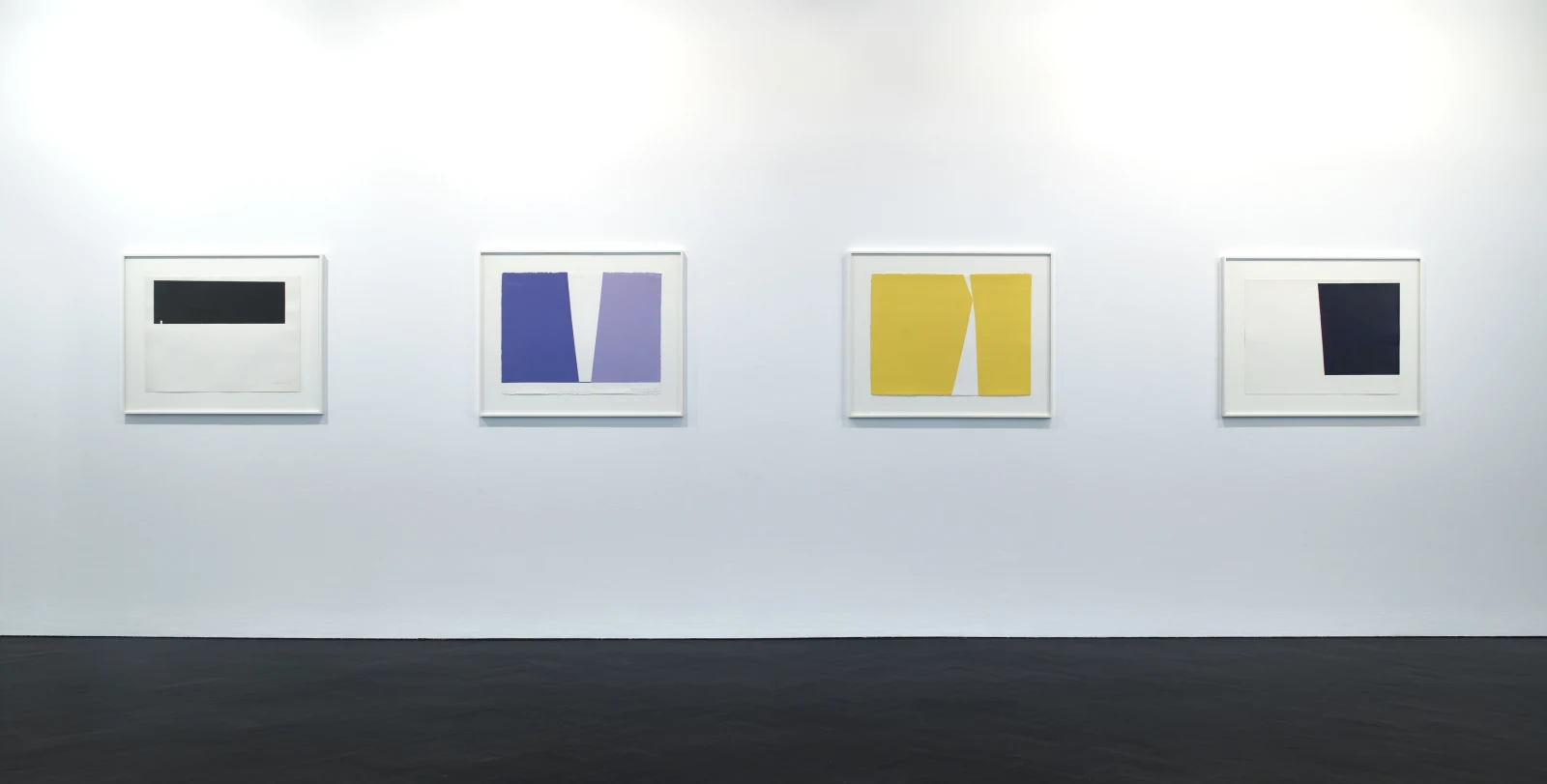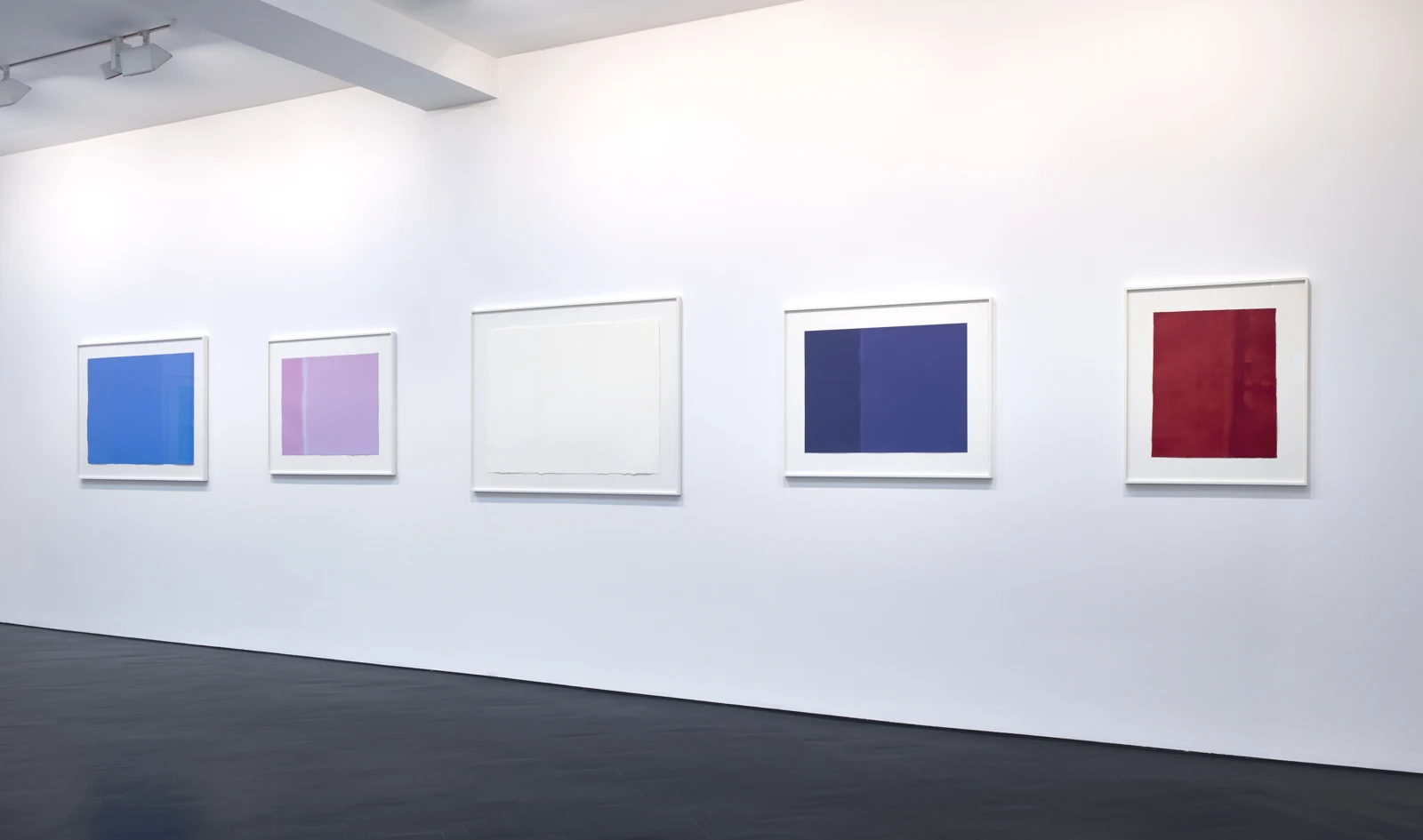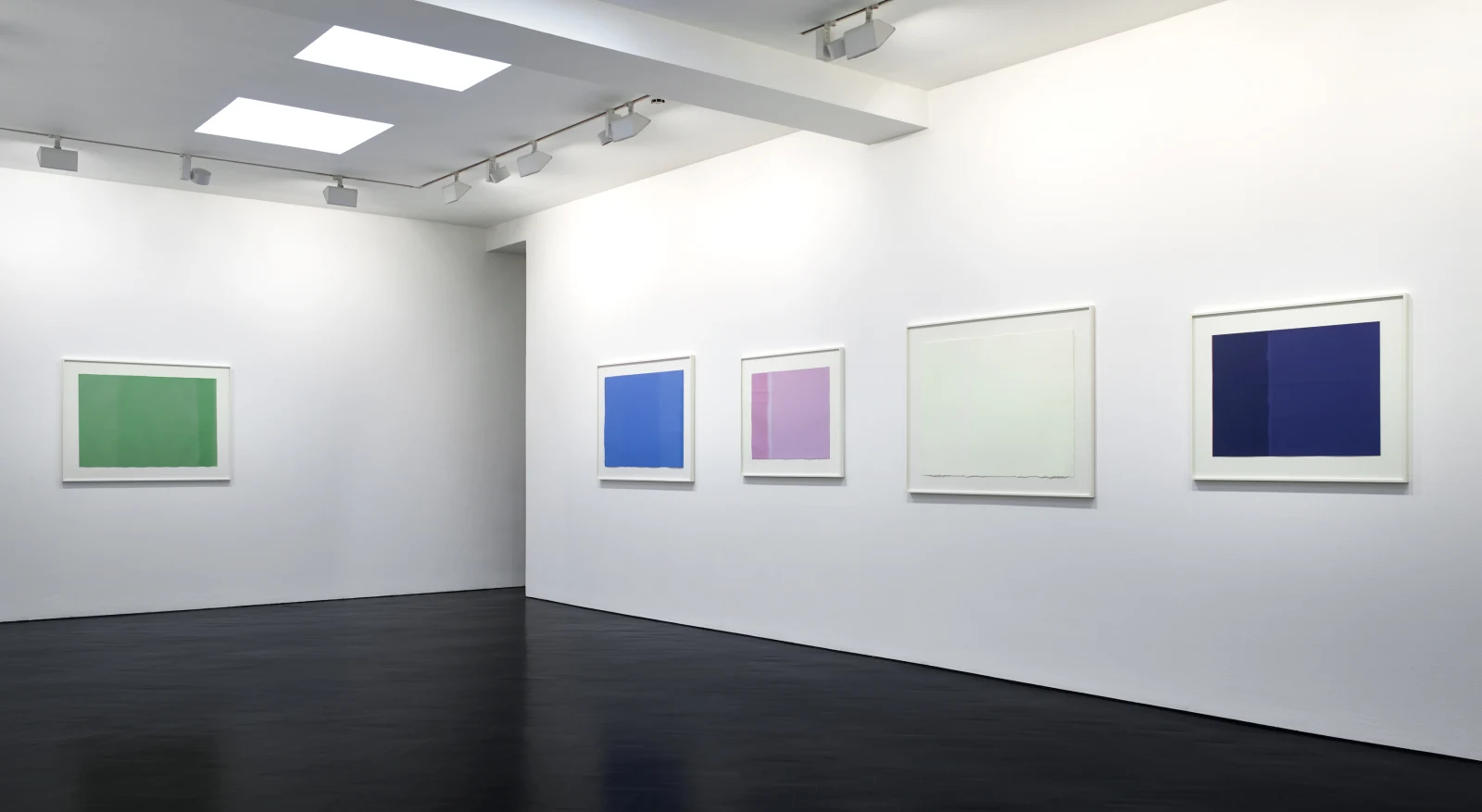
Anne Truitt: Drawings
Overview
‘Working on paper is marvellously freeing – something about the way in which it so generously offers itself to the hand, its absorptive perfect flatness, invites a kind of open play.’ Anne Truitt
Stephen Friedman Gallery is proud to present the first UK solo exhibition of drawings by renowned American artist, Anne Truitt. Featuring twenty-seven works on paper, directly from the Estate, they span four decades and offer unprecedented insight into the artist’s practice and her daily ritual of drawing.
Hailed as the first ever Minimalist by Clement Greenberg, a term she refuted, Truitt is perhaps best known for her painted columns of solid blocks of colour. Truitt’s practice in all media generated a new language of abstraction. Most evident in her drawings, however, is Truitt’s lifelong fascination with line, edge and colour.
Stephen Friedman Gallery is proud to present the first UK solo exhibition of drawings by renowned American artist, Anne Truitt. Featuring twenty-seven works on paper, directly from the Estate, they span four decades and offer unprecedented insight into the artist’s practice and her daily ritual of drawing. The presentation follows on from retrospectives at Delaware Art Museum and the Hirshhorn Museum and Sculpture Garden.
Hailed as the first ever Minimalist by Clement Greenberg, a term she refuted, Truitt is perhaps best known for her painted columns of solid blocks of colour. Truitt’s practice in all media generated a new language of abstraction. Most evident in her drawings, however, is Truitt’s lifelong fascination with line, edge and colour. These intimate works shed new light on the way Truitt experimented with these key compositional elements throughout her career.
Following a period of intense exploration, in 1962 Truitt started to make drawings in deliberate and sometimes concurrent series. The works in the exhibition cover the period from 1962 – 1999 and shed insight into her investigations with graphite, ink, acrylic and pastel on paper. In the works entitled ‘Sable’, Truitt applies black acrylic with the lightest touch: one or two simple lines strike across the sheet. When viewed more closely, the seemingly simple line is beautifully detailed. Similarly, a body of ‘colour-field’ works included in the show each present an intense expanse of colour, but also contain a full range of light and shadow achieved through the layering of paint. Their intense luminosity shines with incandescence.
Drawing was a crucial part of Truitt’s practice, and each work is imbued with both an authenticity of feeling and a raw physicality. These drawings bring us closest to Truitt’s immediate interaction with art-making, and display the full breadth of her inimitable and committed visual language.
Anne Truitt: Drawings is accompanied by a fully illustrated catalogue, which includes an in depth essay by Gilda Williams.
‘Working on paper is marvellously freeing – something about the way in which it so generously offers itself to the hand, its absorptive perfect flatness, invites a kind of open play.’ Anne Truitt
Installation Views



